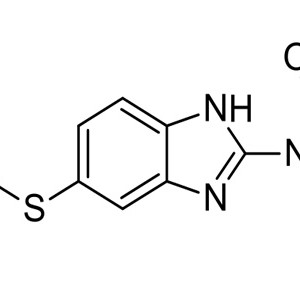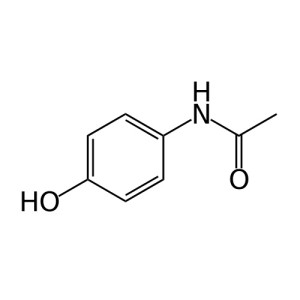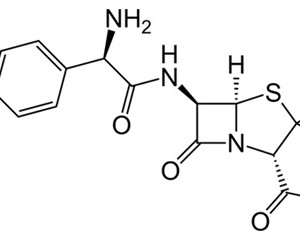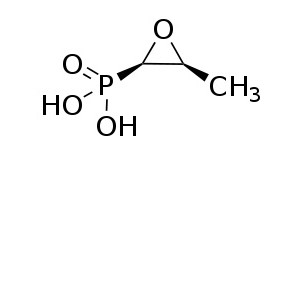Welcome visitor you can
login or register
0 items - $0.00
No products in the cart.
Oxytetracycline Hcl
Oxytetracycline was the second of the broad-spectrum tetracycline group of antibiotics to be discovered.
Oxytetracycline works by interfering with the ability of bacteria to produce essential proteins. Without these proteins, the bacteria cannot grow, multiply and increase in numbers. Oxytetracycline therefore stops the spread of the infection and the remaining bacteria are killed by the immune system or eventually die.

Make an enquiry for this product
Category: Active Pharmaceutical Ingredients
Starting at
Product Description
| (4S,4aR,5S,5aR,6S,12aS) -4-(dimethylamino)-3,5,6,10,11,12a-hexahydroxy -6-methyl-1,12-dioxo-1,4,4a,5,5a,6,12,12a-octahydrotetracene -2-carboxamide |
| Pregnancy category |
AU: D US: D (Evidence of risk) |
| Legal status | Prescription only |
| Routes of administration |
Oral, Ophthalmic |
| Biological half-life | 6-8 hours |
| Excretion | Renal |
| CAS Number | 79-57-2 |
| ATC code | D06AA03 G01AA07 J01AA06 S01AA04 QG51AA01 QJ51AA06 |
| PubChem | CID: 5353856 |
| DrugBank | DB00595 |
| ChemSpider | 10482174 |
| UNII | SLF0D9077S |
| KEGG | D00205 |
| ChEBI | CHEBI:27701 |
| ChEMBL | CHEMBL1517 |
| PDB ligand ID | OAQ (PDBe, RCSB PDB) |
| E number (EU) | E703[citation needed] |
| Formula | C22H24N2O9 |
| Molecular mass | 460.434 g/mol |
|
SMILES[show] |
|
|
InChI[show] |
|





